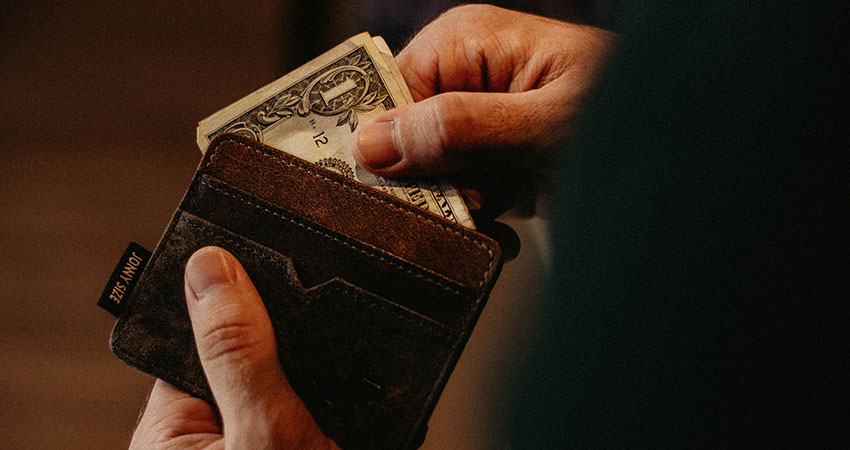Consumer spending illustration (Photo credit: Allef Vinicius on Unsplash)
Despite inflation fears, retailers are likely to see an increase in consumer spending this summer, with 61% planning to shop “holidays” like Prime Day, and 76% of them saying they’ll spend the same or more on the extravaganza as last year, according to data from Adobe Commerce.
Not surprisingly as it pops up in survey after survey, consumers want greater personalization in their shopping experiences, with top choices including buy now pay later (BNPL) and faster shipping options Adobe reported. Nearly two-thirds of respondents (72%) said they want same-day or two-day shipping, while personalized promotions or recommendations (61%) and BNPL (43%) are key purchase triggers.
“Retailers looking to attract consumers will have to navigate an increasingly dynamic commerce landscape,” said Tory Brunker, senior director of product marketing, commerce at Adobe in a blog post. “Not only do retailers face increased competition for consumer spend now that inflation has reached new heights, today’s consumers also expect shopping experiences to be tailored to their individual needs.”
The most popular categories during summer sales were apparel, cited by 43% of Adobe respondents, followed by home goods/home improvement (29%), health and beauty (26%), computers and electronics (22%), pet products (17%) and toys (16%).
In terms of anticipating summer deals and discounts, there is a sliding scale of enthusiasm for consumer spending: 85% of Gen Z consumers said they’re excited about Prime Day and other events, decreasing to 79% for Millennials, 64% for Gen X and 38% for baby boomers.
While more than half of shoppers surveyed by Adobe (56%) say they save money by shopping on Prime Day, an analysis by consumer data firm CommerceIQ found that discounts on non-electronic items are generally no better than on other days, the Wall Street Journal reported. About a third of consumers in the Adobe survey (32%) saw summer deals as a way to get ahead of seasonal shopping, while 23% looked to jumpstart back-to-school spending.
With inflation fears now outstripping COVID, just under a quarter of respondents to the Adobe survey (24%) said they don’t plan to participate in summer deal days due to a lack of discretionary income. Also, nearly two-thirds (64%) are wary that deals will be smaller this year, despite major retailers like Walmart and Target looking to leverage discounts to offload excess inventory.
While consumer spending only increased 1.8% in Q1 per the U.S. Commerce Department, despite earlier reports of a 3.1% gain, Adobe found ecommerce spending was $78.8 billion in May, $1 billion more than the prior month. The Adobe Commerce Study, conducted by Advanis in June, polled 1,115 U.S. adults.

